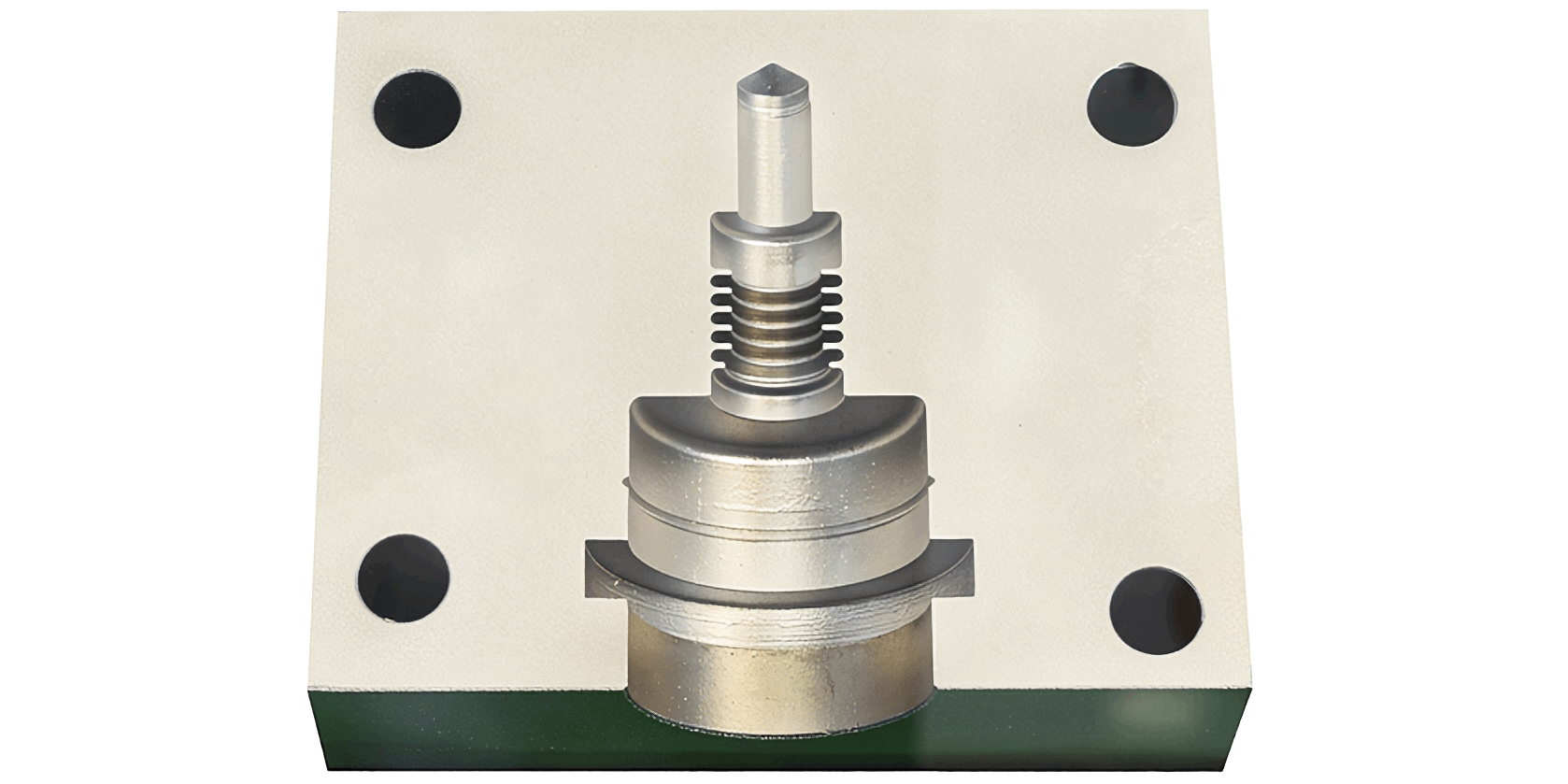Deciding which material to use for injection molding is one of the most important decisions in the entire production process. It protects you from having to make costly tooling adjustments down the road, once production has actually begun. Injection molds are also designed for a specific amount of shrinkage to occur and take into account the part’s application, and any post-injection molding processes that the part will undergo. Aluminum and steel are two of the most common materials used, but it can be difficult to know which one is best for your production needs. Let’s take a look at the advantages and disadvantages of both aluminum and steel and when it is best to use each.
Aluminum for the Molding Process
Aluminum is a soft metal that is lightweight, resistant to rust, heat-resistant and easy to form into new shapes. This makes it a popular option for those looking for a material to make their mold out of for use in the injection molding process.
Advantages of Aluminum Over Steel
- Lower tooling cost – It is more cost-effective to use aluminum versus steel for the mold.
- Ideal for low-volume runs – Because of its initial low upfront cost investment, it is great for those who are looking to produce a small number of parts, such as thousands of pieces versus millions.
- Quick heating and cooling times – Aluminum has the ability to heat up and cool off much quicker than steel, giving you the ability to produce more parts in a smaller amount of time.
- Reduced risk of defects – The superior heat dissipation of aluminum means it is able to heat more uniformly and decreases the instances of defects and rejected pieces.
- Easily repair or modify – Aluminum is much easier to repair and change because it is a softer material. This hugely beneficial in situations in which production errors may have occurred.
Disadvantages of Aluminum Over Steel
- Not as well suited for high-volume or long production runs
- May not be compatible with complex injection molding resins
- Not as suitable for highly detailed features because of the softness of the metal
Steel for the Molding Process
Steel is an alloy of iron, carbon, and other elements that give it unique properties that make it great for fabrication. Along with aluminum, it is a popular material for producing molds.
Advantages of Steel Over Aluminum
- Great for high-volume – Due to its strength, steel is ideal for high-volume production, provided that the mold receives the proper maintenance.
- Suitable for advanced resins – In addition to being compatible with standard resins, steel is also compatible with advanced formulas.
- Ideal for detailed features – Due to its strength and hardness, steel is a great choice for products that high-precision detailed features.
- Superior durability – Steel is great for long production runs and even has the potential to lower cost per part.
Disadvantages of Steel Over Aluminum
- Expensive and difficult to repair molds that have been damaged during the production process
- More prone to defects and warping
- Takes longer to heat and cool, which can slow production times
- Not cost-effective for low volume runs
- Higher initial tooling investment
Partner with the Leaders in Injection Molding
With over 40 years of experience, Proto Plastics is the leader in manufacturing custom plastic injection molded parts and assemblies. We understand that you want it right the very first time and that is what our experienced team delivers. Need advice on what the best material is to use? No problem! Our experts are here to help you out and advise you on all of your options and the best route to take to meet your production goals. Contact us today for more information on our full line of services and capabilities.

